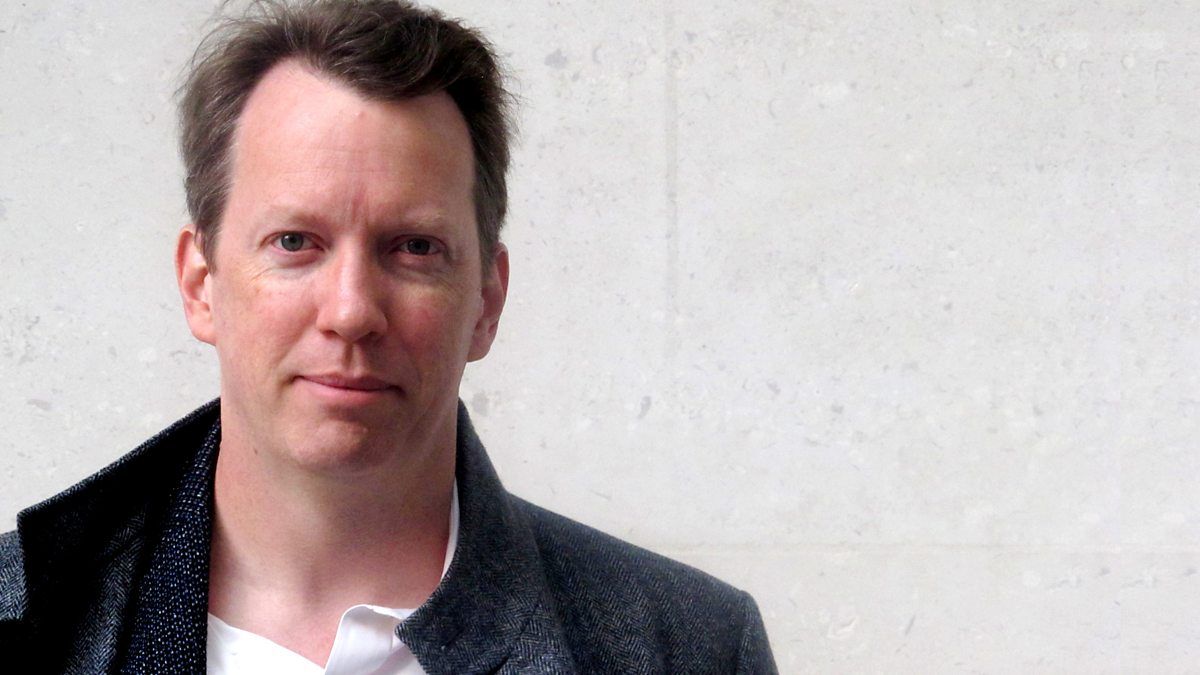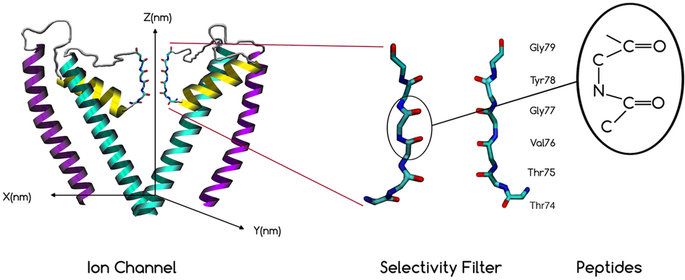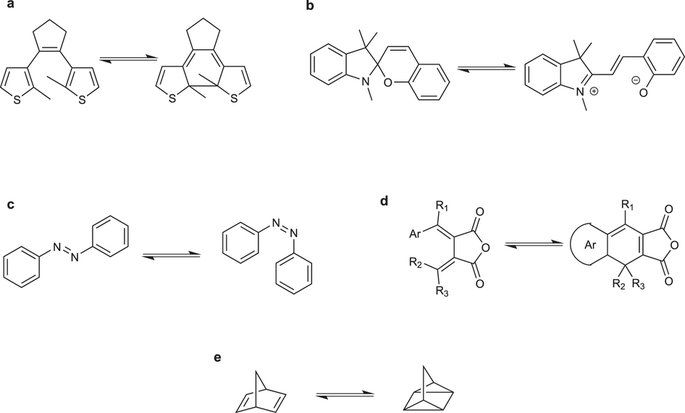Page 10546
Feb 7, 2017
Quantum Entanglement May Be Key To Long Distance Space Travel – Ex Lockheed Exec Said It’s Already Happening
Posted by Karen Hurst in categories: particle physics, quantum physics, space travel

Surprised it took this long for this article to surface.
Quantum and travel.
Feb 7, 2017
Realizing high-performance and low-cost fluorescent organic LEDs
Posted by Karen Hurst in categories: energy, quantum physics
A purely organic p–n junction is used as the luminescent center in a novel planar device that exhibits a high external quantum efficiency and an extremely low driving voltage.

In recent years, organic LEDs (OLEDs) have become a popular option for creating digital displays. These devices generally consist of three types of semiconductors (i.e., a p-type hole-transport layer, an n-type electron-transport layer, and an emission layer).1–3 The emission layer (normally capable of bipolar transport) provides a platform for carrier capture, exciton generation, and transition, and the luminescent property of an OLED mainly depends on the fluorescence behavior of single-molecule emitters. However, the incorporation of the emission layer within the structure of an OLED causes two energy barriers to be induced at the interfaces with the emission and transport layers. This means that the driving voltages for OLEDs are generally much larger than for traditional inorganic LEDs (with similarly chromatic emission). Moreover, the excitons that are generated at most purely organic emitters have a strong binding energy.
Continue reading “Realizing high-performance and low-cost fluorescent organic LEDs” »
Feb 7, 2017
Sean Carroll on how time and space began
Posted by Karen Hurst in category: quantum physics
Excellent interview with Sean Carroll on Quantum Mechanics and the Cosmos.
Sean Carroll tells Jim why he abandoned Einstein for quantum entanglement.
Feb 7, 2017
Quantum Interference and Selectivity through Biological Ion Channels
Posted by Karen Hurst in categories: biological, quantum physics
Nice report published in Jan on.
The mechanism of selectivity in ion channels is still an open question in biology for more than half a century. Here, we suggest that quantum interference can be a solution to explain the selectivity mechanism in ion channels since interference happens between similar ions through the same size of ion channels. In this paper, we simulate two neighboring ion channels on a cell membrane with the famous double-slit experiment in physics to investigate whether there is any possibility of matter-wave interference of ions via movement through ion channels. Our obtained decoherence timescales indicate that the quantum states of ions can only survive for short times, i.e. ≈100 picoseconds in each channel and ≈17–53 picoseconds outside the channels, giving the result that the quantum interference of ions seems unlikely due to environmental decoherence. However, we discuss our results and raise few points, which increase the possibility of interference.
Feb 7, 2017
Two factor-based reprogramming of rodent and human fibroblasts into Schwann cells
Posted by Karen Hurst in category: biotech/medical
Schwann cells (SCs) myelinate peripheral nerve axons and offer opportunities for the treatment of injuries and demyelinating diseases but reliable and renewable sources of these cells are hard to come by.
Feb 7, 2017
Determining the Photoisomerization Quantum Yield of Photoswitchable Molecules in Solution and in the Solid State
Posted by Karen Hurst in categories: biological, chemistry, quantum physics
Photoswitchable molecules are able to isomerize between two metastable forms through light stimuli. Originally being studied by photochemists, this type of molecule has now found a wide range of applications within physics, chemistry and biology. The extensive usage of photochromic molecules is due to the two isomers having fundamentally different physical and chemical properties. The most important attribute of a photoswitch is the photoisomerization quantum yield, which defines the efficiency of the photoisomerization event. Here we show how to determine the photoisomerization quantum yield in the solid state and in solution when taking thermal processes into account. The described method together with provided software allows for rapid and accurate determination of the isomerization process for this important class of molecules.
Feb 7, 2017
Search for Synthetic-Essential Genes Uncovers Prostate Cancer Treatment Target
Posted by Karen Hurst in categories: bioengineering, biotech/medical, genetics
Synbio research at work and discovery.
Study of synthetic essential genes identifies a novel pathway in prostate cancer and suggests a framework for the discovery of targets in cancers harboring tumor-suppressor deficiencies.
Feb 7, 2017
The Radical New Genetic Alphabet That Will Redefine Life
Posted by Karen Hurst in category: genetics
The scientist behind the artificial expansion of the genetic code explains how it can bring about never-before-seen functions in life on Earth.
Feb 7, 2017
India to frame policy on synthetic biology
Posted by Karen Hurst in categories: bioengineering, biotech/medical, policy
Rules placed on Synbio in India; wonder who is next?
The technology could help produce drugs, vaccines, fuel components and other chemicals.
: India is taking its first steps to evolve a policy on synthetic biology, an emerging science through which new life forms can potentially be made in labs and existing life forms, such as bacteria and other microbes, tweaked to produce specific proteins or chemically useful products.
Continue reading “India to frame policy on synthetic biology” »

















